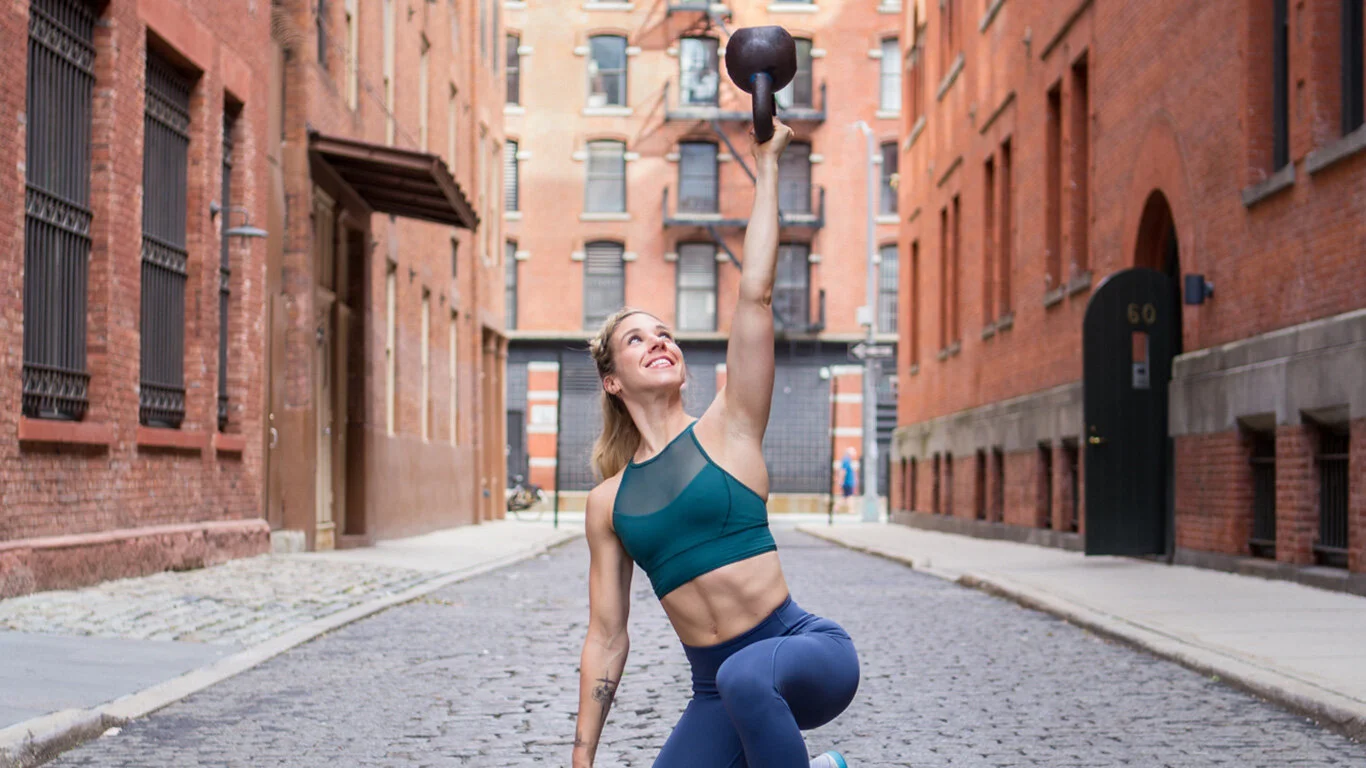5 big myths about exercise
Dr. Chad Woodard, PT, PhD, DPT with Symbio PT sets the record straight on these five big misconceptions.
1. Running is bad for your joints
Heading out for a run might cause knee pain, but the running itself isn’t necessarily the cause. “We have the anatomic architecture to absorb the shock from running,” says Dr. Chad. However, the question is if we’re running the right way or wearing the appropriate footwear. “Running with incorrect form or the wrong shoes is like driving a car with the wheels slightly askew,” he says. “Over time the friction and impact will damage those tires (and brake pads, and frame),” he explains. “But when a car is properly aligned it performs beautifully, just like humans.” So instead of stopping those morning or after-work runs because of pain, Dr. Chad recommends working with an expert on correcting your foot strike placement, cadence, and rotation of the pelvis and thorax.
Build a body that can go the distance and take Dr. Chad’s 20-minute “Strength for Runners” class.
2. Squatting is bad for your knees
Quite the contrary, says Dr. Chad. According to him, when you get into a full squat it puts the knee joint in a position to get nourishment through the movement of fluids. In fact, knee problems are more likely to occur when you’re not squatting enough. “Squatting is a basic human movement, and when you don’t get down into that position the joint never gets maximum nourishment and you get breakdown,” he says. When it comes to squatting depth, Dr. Chad says to get low. “Ultimate goal is to get your butt to your heels,” he says. Can’t get there yet? Don’t worry, it might take some time and practice.
Eliminate lower body aches by strengthening your hips. Take Dr. Chad’s 20-minute “Strong Hips Don’t Lie” class on NEOU.
3. Stretching is the best way to warm up
If your workouts involve explosive movement or heavy exercise, Dr. Chad advises against “static stretches” as it could lead to muscle tears. According to him, a static stretch is a prolonged stretch that lasts for more than about 20 seconds. Instead, he recommends “dynamic stretches” where you move into a stretch, hit your complete range of motion, then come out of it. Examples of a dynamic stretch are walking lunges, leg swings, or trunk twists. However, feel free to use static stretches at the end of your workout. Research suggests 20-30 second holds for 2-3 sets of each stretch, he says. “I have also seen terrific results when prescribing 2-minute static holds, he adds. To get the best results, Dr. Chad recommends trying both approaches.
4. Getting older means more pain
According to Dr. Chad, an aging body isn’t an excuse to hang up the towel or give up on your dreams. “There are realities that as the body gets older, we lose some of our elasticity or ‘stretchability’ of our tissues, but that means we adapt to it,” he says. While conventional wisdom may tell you to stop, the body might actually need you to do the opposite. “If there’s an inability to achieve a certain movement because there’s pain, then chances are movement is medicine,” he says.
Start your day with a longevity-boosting stretch. Take Dr. Chad’s 15-minute “Good Morning Stretch Routine” on NEOU.
5. Weights make you bulky
While you can add bulk with weights, Dr. Chad says it usually takes a very specific prescription to do so. “The only people that get bulky with weights are people that lift incredibly heavy weight over a short or low number of reps,” he says. “Almost anyone that’s lifting weights, if they aren’t over a certain amount, won’t gain bulk,” he adds. Food and eating is also a huge factor he says. “If you’re in a calorie deficit, you won’t gain weight.”






